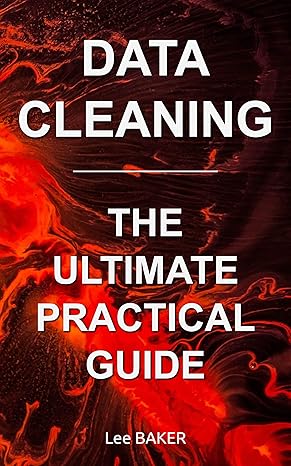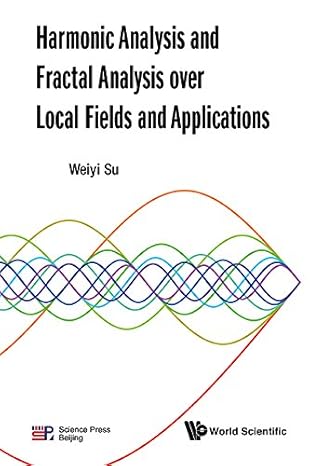Paris at the time of the French Revolution was the world capital of science. Its scholars laid the foundations of today's physics, chemistry and biology. They were true revolutionaries: agents of an upheaval both of understanding and of politics.
Many had an astonishing breadth of talents. The Minister of Finance just before the upheaval did research on crystals and the spread of animal disease. After it, Paris's first mayor was an astronomer, the general who fought off invaders was a mathematician while Marat, a major figure in the Terror, saw himself as a leading physicist. Paris in the century around 1789 saw the first lightning conductor, the first flight, the first estimate of the speed of light and the invention of the tin can and the stethoscope. The metre replaced the yard and the theory of evolution came into being.
The city was saturated in science and many of its monuments still are. The Eiffel Tower, built to celebrate the Revolution's centennial, saw the world's first wind-tunnel and first radio message, and first observation of cosmic rays.
Perhaps the greatest Revolutionary scientist of all, Antoine Lavoisier, founded modern chemistry and physiology, transformed French farming, and much improved gunpowder manufacture. His political activities brought him a fortune, but in the end led to his execution. The judge who sentenced him - and many other researchers - claimed that 'the Revolution has no need for geniuses'. In this enthralling and timely book Steve Jones shows how wrong this was and takes a sideways look at Paris, its history, and its science, to give a dazzling new insight into the City of Light.
چکیده فارسی
پاریس در زمان انقلاب فرانسه پایتخت علم جهان بود. دانشمندان آن پایه های فیزیک، شیمی و زیست شناسی امروزی را بنا نهادند. آنها انقلابیون واقعی بودند: عوامل یک تحول هم در فهم و هم در سیاست.
بسیاری از وسعت استعدادهای شگفت انگیزی داشتند. وزیر دارایی درست قبل از تحولات تحقیقاتی در مورد کریستال ها و گسترش بیماری های حیوانی انجام داد. پس از آن، اولین شهردار پاریس یک ستاره شناس بود، ژنرالی که با مهاجمان مبارزه کرد یک ریاضیدان بود، در حالی که مارات، یکی از چهره های اصلی ترور، خود را به عنوان یک فیزیکدان برجسته می دید. پاریس در قرن حدود 1789 اولین هادی صاعقه، اولین پرواز، اولین تخمین سرعت نور و اختراع قوطی حلبی و گوشی پزشکی را دید. متر جایگزین حیاط شد و نظریه تکامل به وجود آمد.
این شهر از نظر علمی اشباع شده بود و بسیاری از بناهای تاریخی آن هنوز هم هستند. برج ایفل که برای جشن صدمین سالگرد انقلاب ساخته شد، اولین تونل باد و اولین پیام رادیویی جهان و اولین رصد پرتوهای کیهانی را دید.
شاید بزرگترین دانشمند انقلابی، آنتوان لاووازیه، شیمی و فیزیولوژی مدرن را پایه گذاری کرد، کشاورزی فرانسه را متحول کرد و تولید باروت را بسیار بهبود بخشید. فعالیت های سیاسی او برای او ثروتی به ارمغان آورد، اما در نهایت منجر به اعدام او شد. قاضی که حکم او را صادر کرد - و بسیاری از محققین دیگر - ادعا کردند که «انقلاب نیازی به نوابغ ندارد». در این کتاب جذاب و به موقع، استیو جونز نشان میدهد که این چقدر اشتباه بوده است و نگاهی جانبی به پاریس، تاریخ و علم آن میاندازد تا بینش خیرهکننده جدیدی از شهر نور ارائه دهد.
ادامه ...
بستن ...
- ISBN-10 : 034940545X
- ISBN-13 : 978-0349405452
ادامه ...
بستن ...
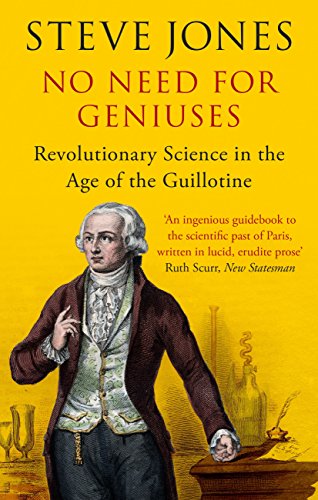

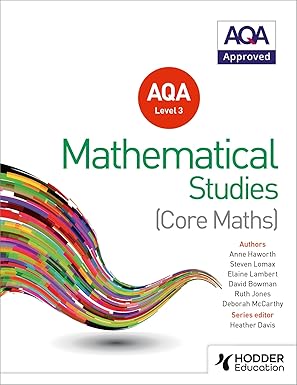
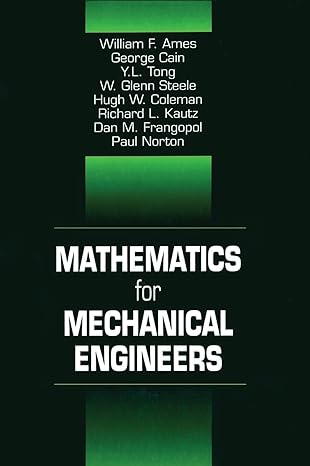
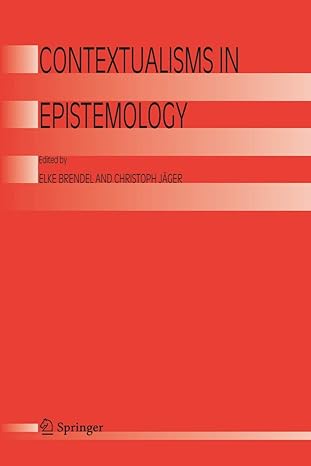
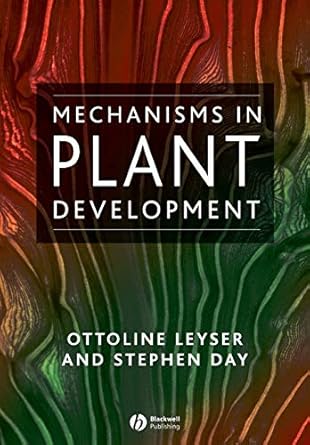

![[Soultion Manual] Statistics for Management and Economics (11th Edition) - Word [Soultion Manual] Statistics for Management and Economics (11th Edition) - Word](https://dl.libsan.ir/images/1/12/61JGRNKwfUL._SY466__66fd1fc169714.jpg)
